Wednesday, December 2 | 3:00 p.m.-3:10 p.m. | SSM14-01 | Room E450B
Three-tesla MRI alone is sufficient to detect acetabular labral tears in the hip without the need for 3-tesla MR arthrography (MRA). So say researchers in Florida, who found that 3-tesla MRI's sensitivity matched that of 3-tesla MRA in preoperative planning for acetabular labral repair.Lead author Dr. Thomas Magee, managing partner in Neuroskeletal Imaging in Merritt Island, FL, said 3-tesla MRI provides the soft-tissue resolution needed to detect labral tears of the hip.
"The hip acetabular labrum is located too deep in the body to be adequately evaluated with ultrasound," he said. "Arthrography is an invasive procedure that can be painful, rarely may result in infection, and rarely can result in an allergic reaction."
The retrospective study analyzed 100 consecutive patients who received both conventional hip MRI and MR arthrography exams. Two musculoskeletal radiologists read the MR images and MR arthrograms in random order to avoid viewer bias, assessing the exams for acetabular labral tears. Thirty-eight of these patients went on to arthroscopy.
MR arthrogram found 72 of the 100 patients had acetabular labral tears, while 3-tesla MRI discovered 71 acetabular labral tears. Thirty-eight patients proceeded to arthroscopy, where the labral tears were confirmed. Conventional MRI detected all 38 labral tears, as did MRA. Researchers reported one false negative on 3-tesla MRI of the hip as compared with arthroscopy.
In the analysis, 3-tesla MRI registered sensitivity of 97% and specificity of 100% for acetabular labral tears. MRA had sensitivity and specificity of 100%.
With such great sensitivity and specificity, Magee said 3-tesla MRI "can direct treatment options and is useful in pinpointing the diagnosis, evaluating the anatomy, and providing a roadmap for surgery."


.fFmgij6Hin.png?auto=compress%2Cformat&fit=crop&h=100&q=70&w=100)
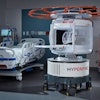
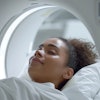
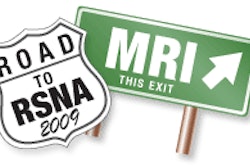
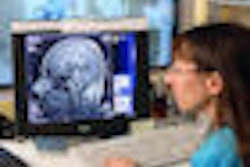
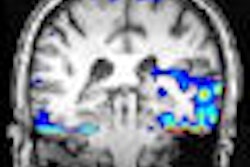
.fFmgij6Hin.png?auto=compress%2Cformat&fit=crop&h=167&q=70&w=250)











